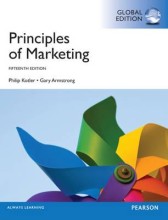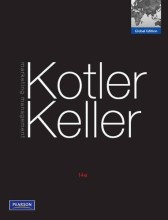The theory and estimation of costs
17 important questions on The theory and estimation of costs
Why do firms need to cut costs?
4+7 most common practices for reducing costs
Difference between production function and cost function
- Higher grades + faster learning
- Never study anything twice
- 100% sure, 100% understanding
Q TVC TC MC AFC AVC
7 assumptions in specifying a model of short-run cost function
Marginal cost function:
Relation between marginal product and marginal cost of production
Marginal product MP: def and formula
Average product AP: def and formula
Stage 1, stage 2 and stage 3 of production function in short run
Relation MC and AVC in both short and long run and conclusion
What kind of shape of AC in long run?
What is lowest point in srac?
Maximum plant capacity?
Learning curve? direction slope?
Minimum efficient scale
How to reduce costs? lecture slides
The question on the page originate from the summary of the following study material:
- A unique study and practice tool
- Never study anything twice again
- Get the grades you hope for
- 100% sure, 100% understanding
































